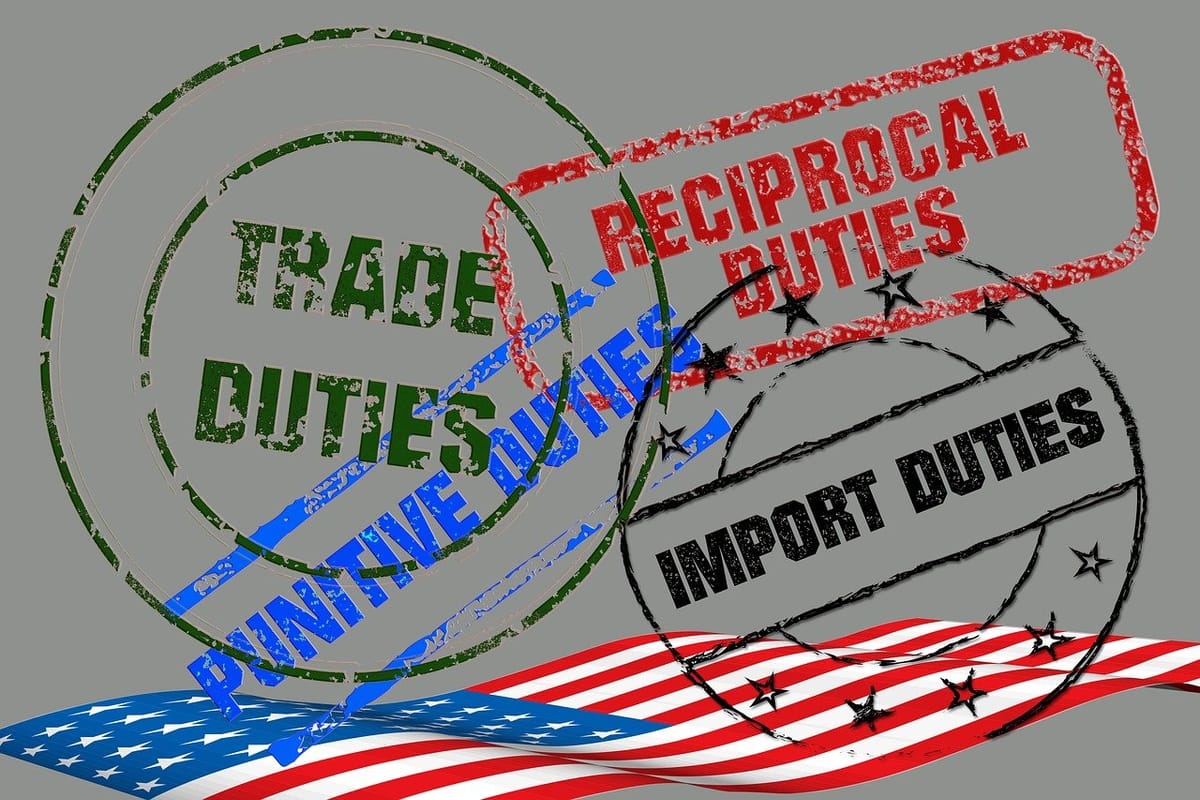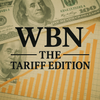
By Elke Porter | WBN News Global | May 2, 2025
As President Donald Trump enters the second 100 days of his turbulent return to office, investors, policymakers, and business leaders across Canada and Europe are bracing for what comes next. The first 100 days brought tariff-fueled market chaos, a sharp drop in the U.S. dollar, and a global reassessment of American economic stability. Though the next 100 days may bring less volatility, the underlying risks remain deeply concerning.
For Canada, ongoing trade uncertainty poses the greatest threat. U.S.-Canada relations, particularly around energy and automotive exports, could deteriorate if protectionist rhetoric returns. Ottawa may be forced to revisit trade diversification efforts, strengthening ties with the EU through CETA and pushing deeper into Asia-Pacific partnerships.
Europe, meanwhile, is seeing a fragile rebound in equities, with Germany’s DAX and other indices up modestly. But this recovery could reverse quickly if transatlantic tensions reignite. A hardline U.S. stance on tariffs or NATO funding could pressure the EU’s already stretched fiscal policies. The European Central Bank is watching closely, especially as forward-looking earnings and valuations suggest markets may be underestimating economic headwinds.
Adding to the uncertainty, several key elections in Canada and Europe over the last few months have contributed to political instability. Cabinet shuffles, shifting party platforms, and a strong focus on economic recovery have left many countries grappling with new priorities. Political leaders in both regions are trying to navigate economic recovery post-pandemic, but rising nationalism, fluctuating international policies, and uncertain voter sentiment have created a confusing and unpredictable environment.
Trump's softened tone—especially towards the Federal Reserve and foreign leaders—has temporarily calmed fears. Yet skepticism remains. As JPMorgan analysts point out, investor conviction is low, and concerns over long-term damage to global cooperation persist. With China-U.S. trade still in flux and global tariffs at generational highs, both Canada and Europe are navigating a rocky path.
While a return to normalcy is possible, the risk of stagflation and fractured alliances means optimism should be cautious. For Canada and Europe, the second 100 days of Trump 2.0 may define how resilient their economies—and democracies—can be in the face of shifting U.S. leadership.
#Trump 100 Days #Global Economy #Canada Europe Relations #Political Uncertainty #US Canada Trade #Post Pandemic Recovery #WBN News Global #Elke Porter
Connect with Elke at Westcoast German Media or on LinkedIn: Elke Porter or contact her on WhatsApp: +1 604 828 8788




